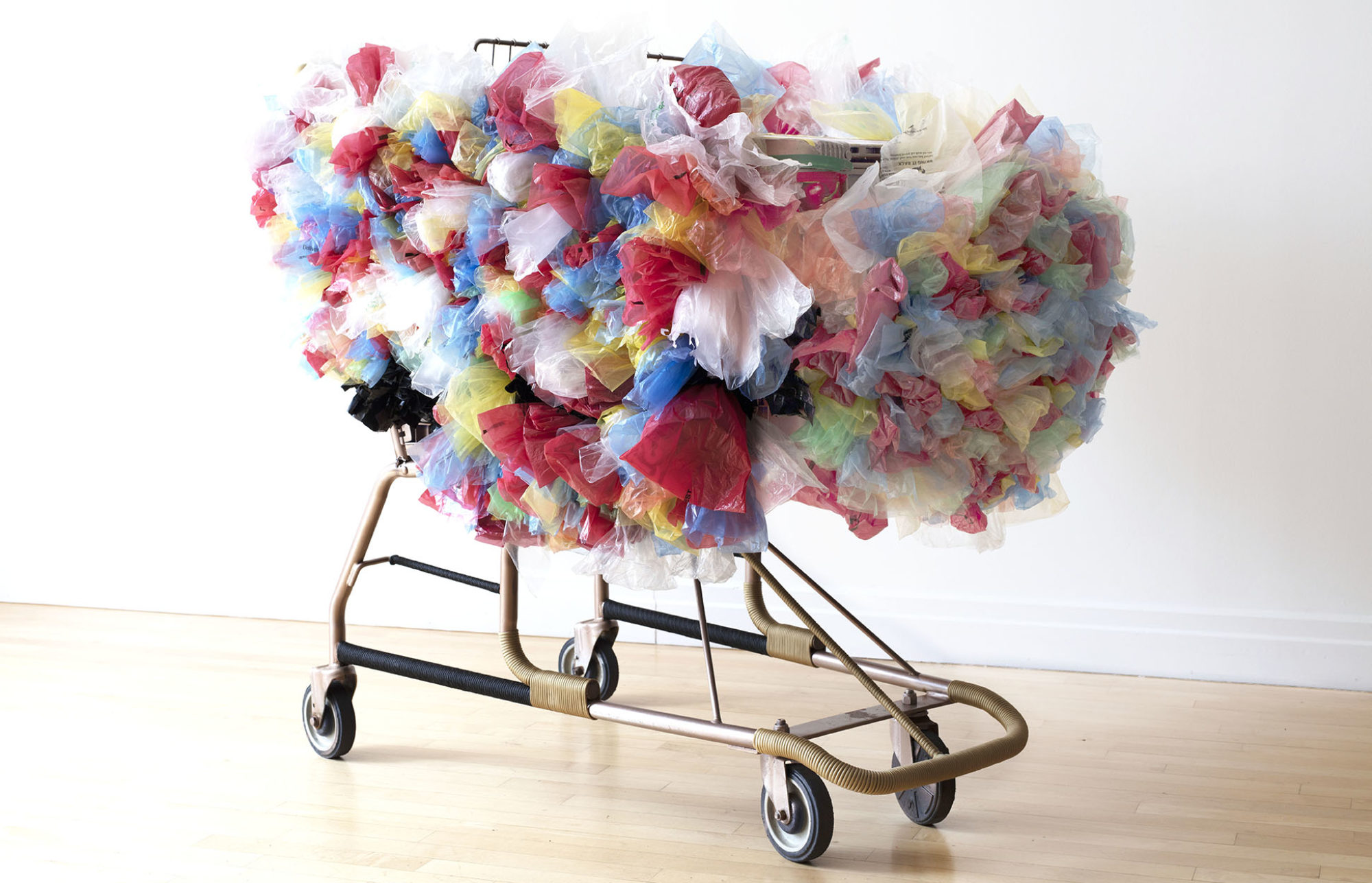
In the 1970s, finding a Black Barbie doll could be quite challenging due to limited availability and prevailing racial attitudes. During this time, the toy market was predominantly geared towards white consumers, and Barbie dolls were primarily produced with Caucasian features.
For Black children who wanted a doll that reflected their own appearance, options were scarce. Many toy stores carried a limited selection of Black dolls, and those that were available often faced issues like lower production quantities, less prominent shelf placement, and sometimes higher prices compared to their white counterparts.
Moreover, societal norms and prejudices influenced both the production and marketing of toys, including dolls. Some toy companies were hesitant to diversify their product lines due to concerns about profitability or fear of backlash from consumers who were not yet ready to embrace racial diversity in toys.
As a result, families seeking Black Barbie dolls in the 1970s had to search more extensively, to find a doll that represented their child’s racial or ethnic identity. This scarcity and the challenges of finding representation in toys underscored the broader social inequalities and cultural biases of the time.
